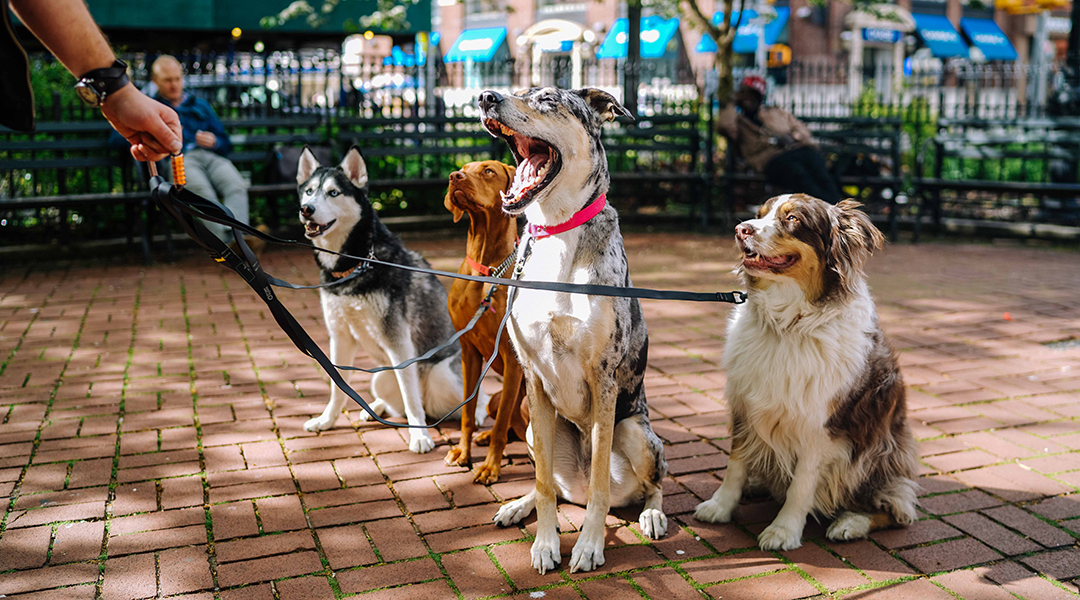Artificial intelligence (AI) is advancing at an astonishing rate, and computing capabilities that seemed futuristic not long ago have suddenly become realistic. The natural-language-processing algorithms that chatbots such as ChatGPT and Google’s Bard are based on have so far only been applied to human language. What would happen if we used similar technology to facilitate communication with animals?
In an essay published in Current Biology, Tel Aviv University professors Yossi Yovel and Oded Rechavi discuss this possibility and encourage researchers to develop novel AI tools that can make this long-held fantasy a reality. They’ve named the undertaking the “Doctor Dolittle Challenge,” in reference to the fictional children’s book character who can talk to animals.
The goal is not simply to mimic animal communication — generative AI can already accomplish this by learning the statistics of the samples upon which they are trained. In fact, Yovel and his research group, who study bats, recently trained an AI model using thousands of recorded bat vocalizations to generate a novel vocal sequence. They previously decoded these vocalizations to determine which contexts are important to bats.
“We have used AI in order to show that we can distinguish between the contexts in which bats vocalize, that is, we know if they are fighting over food, sex, or a sleeping position,” Yovel explained.
To achieve true communication with animals using AI, that is, for an animal to respond as though it was interacting with a member of the same species, several crucial factors must be considered. For one, the correct behavioral context must be determined.
Communication between species
Humans have a tendency to anthropomorphize animals, which is to assign human characteristics to them. Although this helps us bond with animals, it’s bound to lead to misinterpretation. Assuming that animals experience the world in the same way we do is also tempting, but it’s just not the case. This concept is captured by the German term umwelt, meaning “environment”, which is different for each species.
“The general idea is that two species never perceive the world alike, so when we study another organism, we should always account for the differences in umwelt,” Yovel stated. “Because of this, we may not accurately interpret their communication.”
The human umwelt is complex, nuanced, and contains many abstract concepts, which our language reflects. Animals, on the other hand, are presumably more concerned with a limited set of contexts related to survival, such as mating, foraging, and threats. It’s also likely that animal communication includes contexts that do not apply to humans.
So far, one-way communication with certain animals has been successful in specific contexts. For example, a robotic honeybee (RoboBee) programed to mimic the “waggle dance”, recruited live bees to follow its cues, prompting them to fly to the location of a food source.
”Because it is very hard to know another animal’s umwelt, we might be missing out on quite a bit of its communication,” Yovel cautioned. “Bees, for instance, might pay attention to the electric fields of conspecifics [members of its own species], which we completely miss,” Yovel added. It’s possible that RoboBee may have attracted more recruits if it had incorporated this cue.
An unsupervised approach may be best
Yovel and Rechavi suggest that human bias could be eliminated by adopting an unsupervised approach in which machine-learning algorithms detect patterns in datasets without human intervention. These extracted contexts would need to be validated by scientists in controlled experiments to ensure that an animal responds appropriately to the corresponding signal (for example, it flees when hearing an alarm signal), as unsupervised AI may also make spurious correlations based on the available data.
The variety of communication modes used by animals adds another layer of complexity. Humans converse through speech, a form of acoustic vocalization, but many animal species do not communicate vocally, instead using signals beyond our human perception. These communication signals could easily be overlooked.
For example, Rechavi’s research group studies worms called nematodes, which rely on a more subtle form of communication: chemical secretion. In this case, analyzing their brain activity might help to correlate a certain neural state with a particular odor, but what constitutes a response from another worm and how often to measure these secretions would need to be determined. Even if AI computing power drastically improved, these uncertainties would remain.
Solving the Doctor Dolittle Challenge — however unlikely it might seem at the moment — would undoubtedly have a profound impact on society and our relationships with animals. Achieving this goal would not only deepen our understanding of animal behavior but might also improve our empathy towards them.
If AI technology that enables us to communicate with animals is actually developed, it also has the potential to be used beyond Earth’s animal kingdom — it might even allow us to communicate with extraterrestrials in the future.
Reference: Yossi Yovel and Oded Rechavi, AI and the Doctor Dolittle challenge, Current Biology (2023). DOI: 10.1016/j.cub.2023.06.063
Feature image credit: Matt Nelson on Unsplash

















